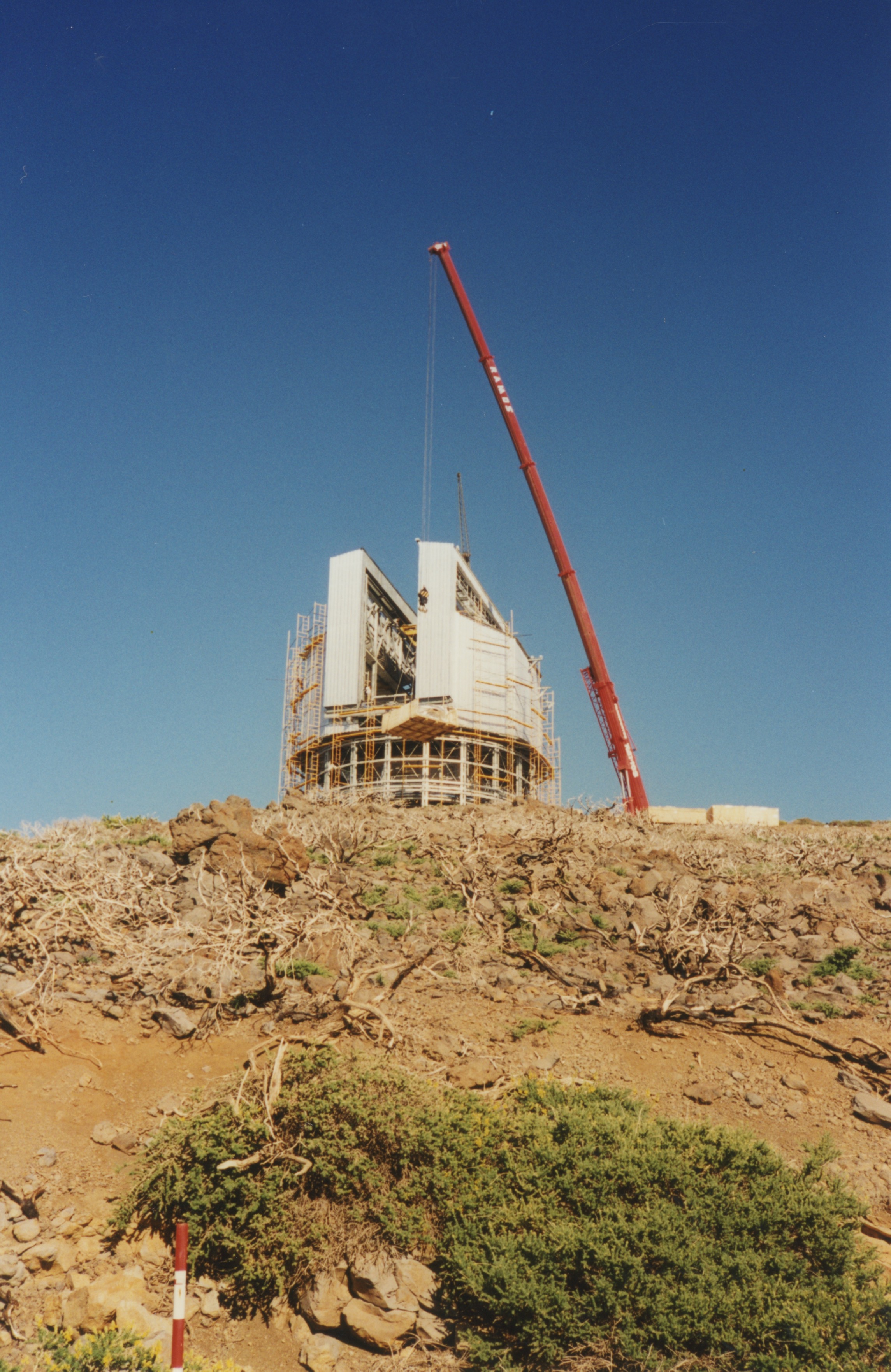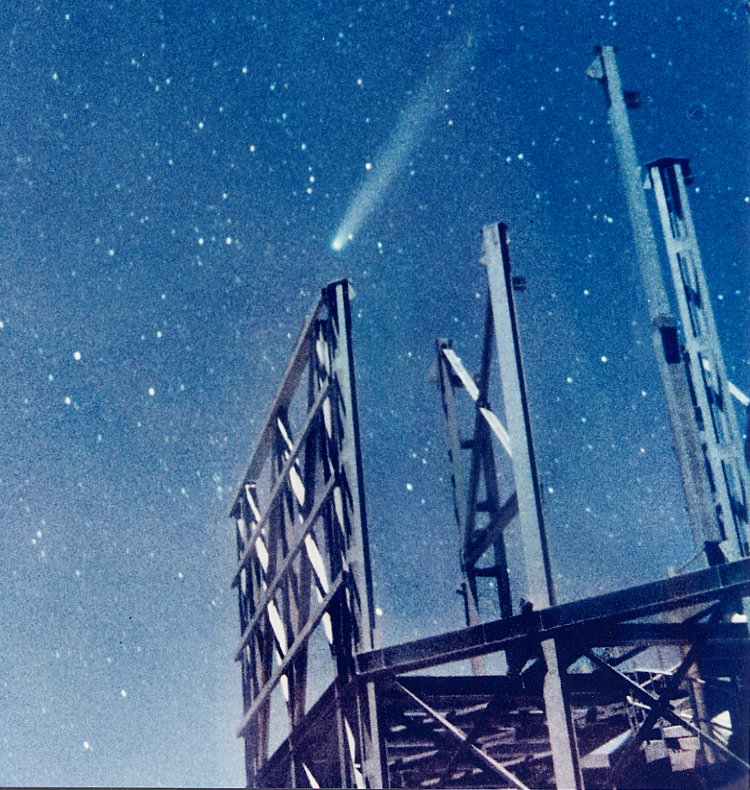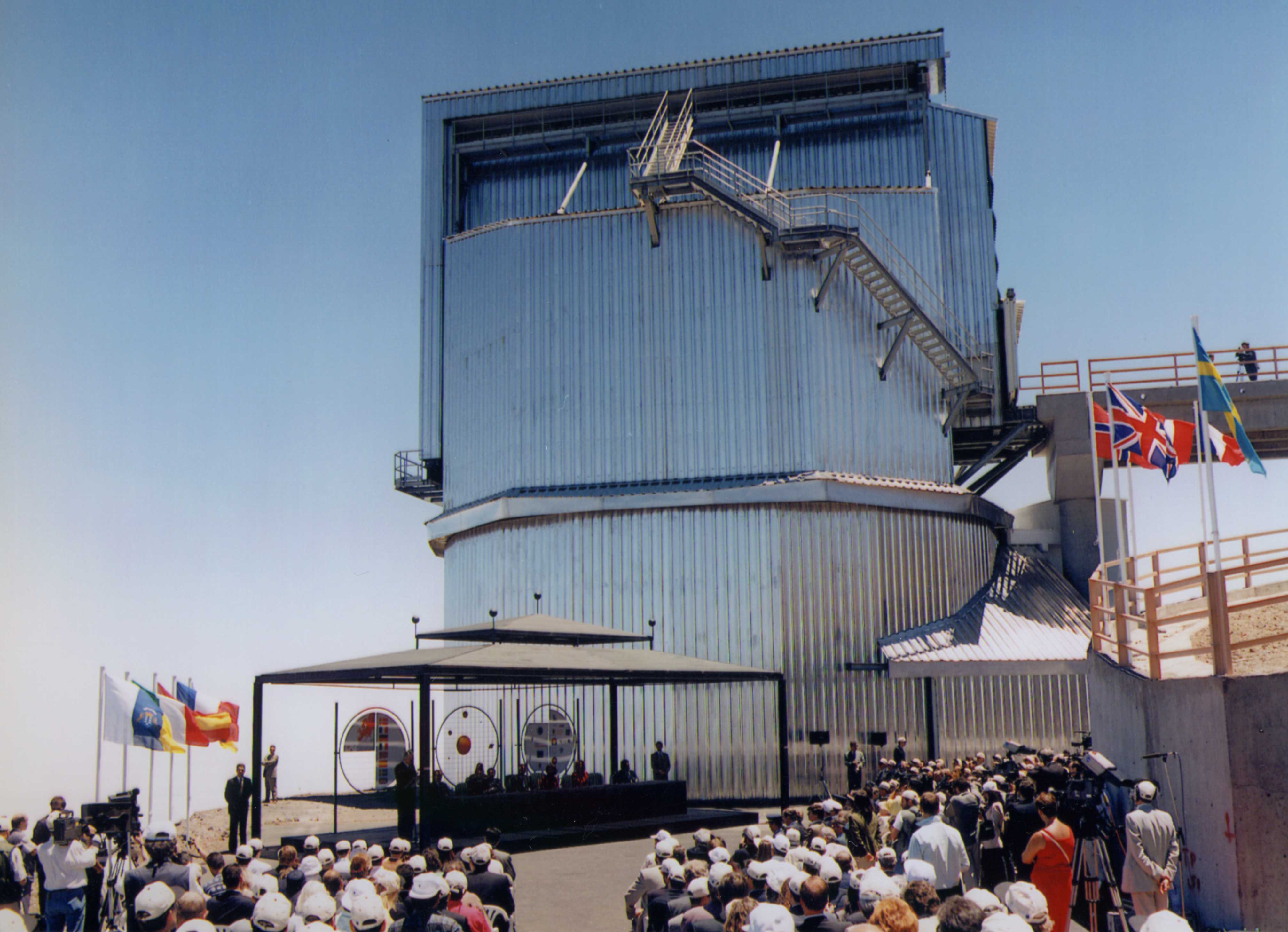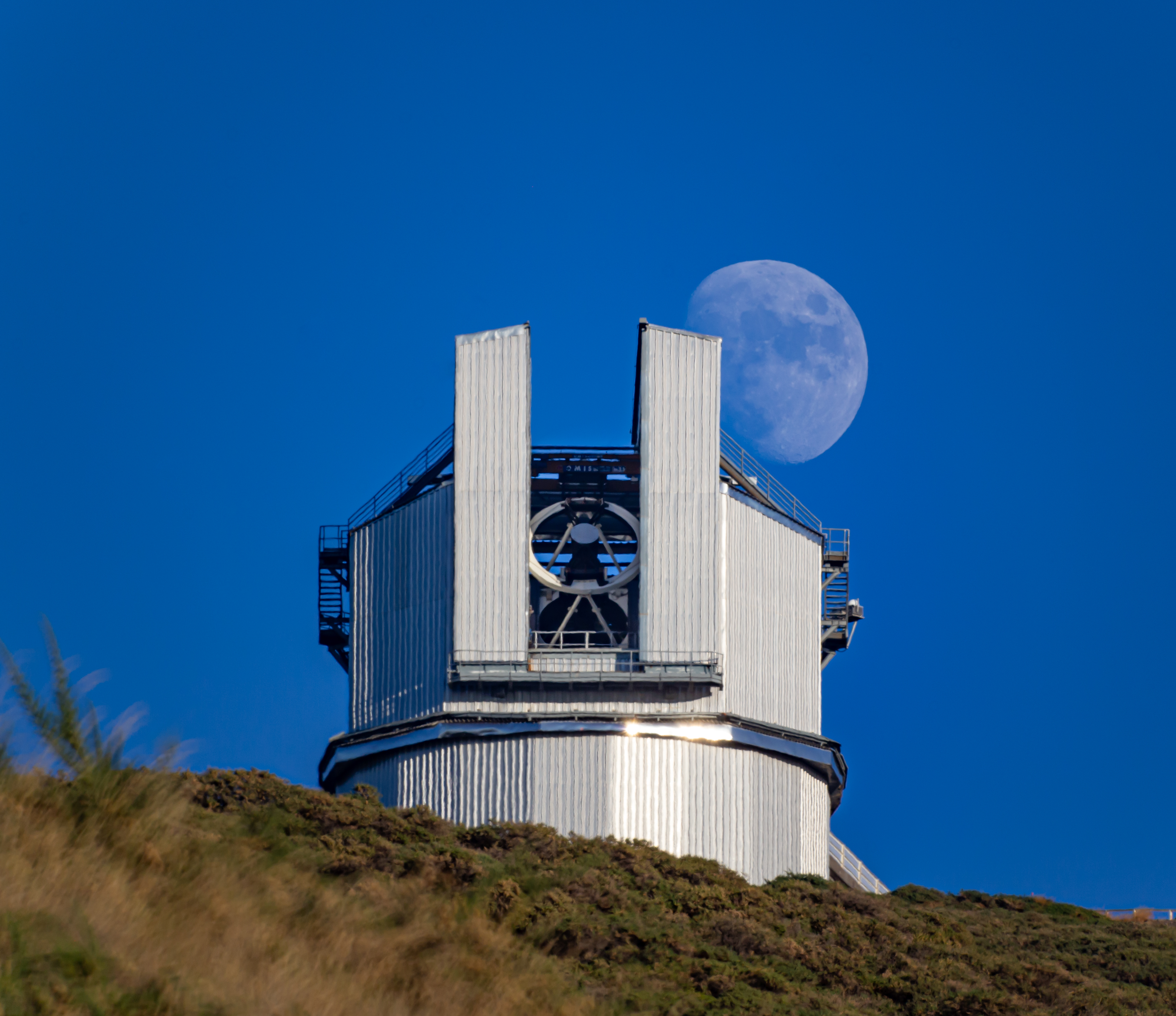Telescopio Nazionale Galileo: 25 years of Astronomy in La Palma
Twenty-five years have passed since a dream became a reality: the Telescopio Nazionale Galileo (TNG), the largest Italian optical / infrared telescope started to study the secrets of space in La Palma.
The germ of the project, born in 1982, was a study of a new generation of telescopes, which would take Italian astronomy to the forefront both in terms of instrumentation and technology. The idea of the TNG was born in 1988, when the first phase of the study was accepted.
The extraordinary collaboration between italian astrophysics institutes and a number of italian high-technology companies gave as a result this telescope, which is a more advanced version of the New Technology Telescope of the European Southern Observatory in Chile.
In 1992, Roque de Los Muchachos Observatory was chosen as the site for building the telescope, which arrived to the island years later, in 1995.
On June 29, 1996, the TNG was formally inaugurated in presence of the King and Queen of Spain and the Italian Minister of Universities. The first light of the telescope was in the evening of June 6, 1998. During that night a number of astronomical exposures were made with the tracking camera, with the aim of evaluating the telescope performances.
In 2002 it became part of the Istituto Nazionale di Astrofisica (INAF) which is ensuring its financial support. Since 2005 it is managed by the Fundación Galileo Galilei, a non-profit organization funded by INAF. The offices located in Breña Baja host a team consisting of about 32 people.
TNG is currently equipped with five instruments which are permanently operating at its Nasmyth foci and offer a large variety of observing modes covering from optical to near-infrared wavelength ranges and spanning from broad-band imaging to high-resolution spectroscopy.
The main scientific aims of this telescope are: the Solar System; stars in our galaxy; supernovae; objects of the universe such as quasars, powerful gamma-ray sources located in primordial galaxies and compact objects, like pulsars; extra-solar planets; optical -IR counterpart of gravitational waves.
The results of these studies can be found in the 1.150 scientific articles published since the first light of the telescope in 1998.
The history of these 25 years is described in the 2021 TNG Calendar.


Left: A very yout Telescopio Nazionale Galileo in the first phase of the construction of its dome.
Right: The comet visible in the background is the Hyakutake (1996).

29 of June 1996: the inauguration of the Telescopio Nazionale Galileo Credits: Cesare Barbieri

The Telescopio Nazionale Galileo and the Moon (2020)
Credits: M. Cecconi

